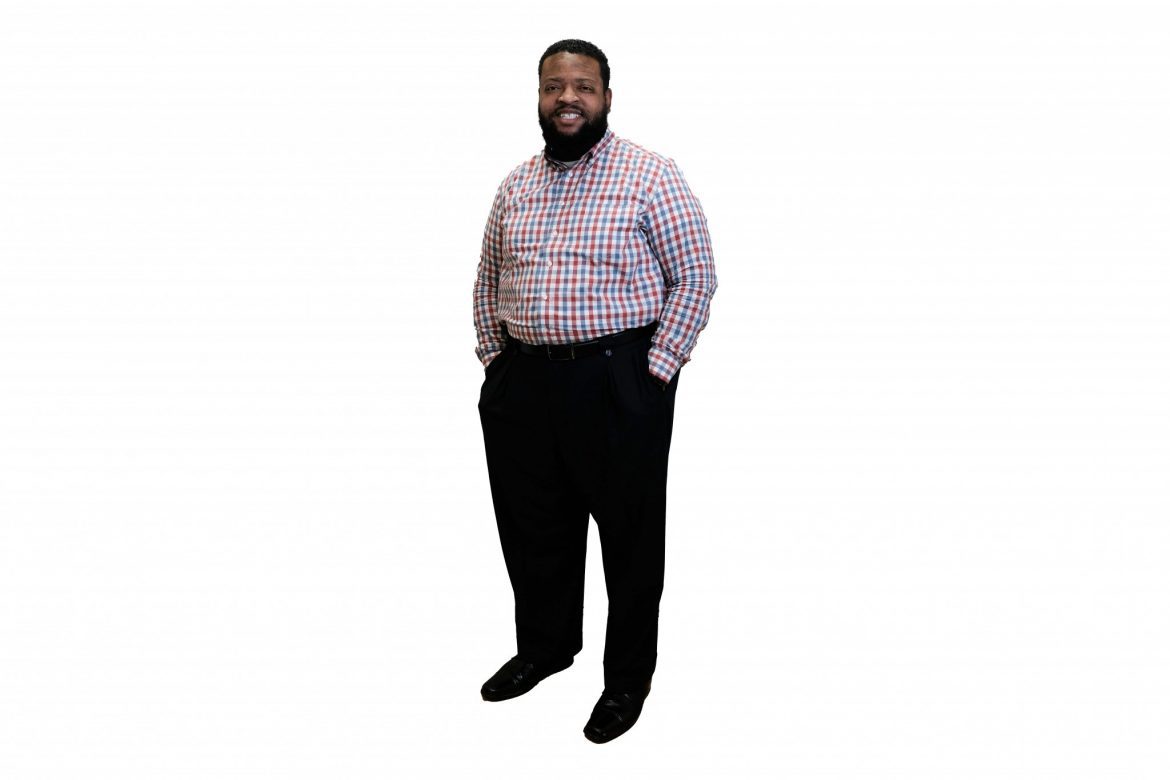Written by Andrew Braxter
For the good majority of my life, I have been questioned about the various areas of my life: family life and upbringing, church life and ministry, school life and career goals, and cultural questions related to my race or ethnicity. Many of the questions have been manageable, but honestly, the questions about race, ethnicity and culture have been quite ignorant and borderline insulting.
For the past few years, I have tried to educate people in my circle about race relations and injustices that are happening all around us — some that will never make headlines but are still happening — even in a subtle way. Last year’s summer incidents were no different, only this time, the world was forced to stop, look and listen to the lesson that people of color have been trying to educate others on, which is one that says, “All men might be created equally, but all men are not being treated equally.”
When I first learned of the brutal killing of George Floyd, my heart sank deep into my chest. I instantly said to myself, “Another brother is gone.” I started hearing the names of Ahmaud Arbery and Breonna Taylor, and instantly my anger turned into rage because these were senseless killings not only of black people, but young black people. I wondered, “When will this stop?” I wondered if I would be next. Would I die from the COVID-19 virus, or would I die from the virus that fears the color of my skin and my culture? I was fearful, frustrated and frantic, and in the midst of all of this, certain people wanted to ask me questions — foolish questions — about why I think these people died, and I was dumbfounded in disbelief.
I received calls from friends that do not share my same history as a man of color, telling me they could not believe things had gotten so bad, and my simple response was, “If you had listened to me from the beginning, perhaps this would not be our current reality.” They asked, “Can we pray?” Honestly though, I did not want to just pray. It was time to move from being prayer partners to active participants in order to make effective change. Enough talk had been done about why these things were being done; it was now time to ask the real question: “How can we keep this from happening again?”





